You see them with the typical African phenotype. But when you hear them speak and go about their daily chores, you are left with no doubt about the fact that they are Kannadigas at heart.
Up in the villages of the coastal district of Uttara Kannada, lives the Siddhi tribe. Spread across Haliyala, Yellapura, Ankola, Mundgod, Joida, Karwar and Sirsi, one finds Siddhis having got accustomed to the Indian way of life. They speak Kannada, Konkani and Urdu and dress like fellow Indians. Siddhi women wear sarees, sport the ‘bindi’ on their foreheads and flowers in their hair.
There are various versions as to why the tribe is called ‘Siddhi’. Some say that the word is derived from the Arabic word “sayyid” or “saydi”. Some others say that the word has its roots in the title ‘Sidi’ that North Africans call each other with as a mark of respect. The more popular of the versions is that the community is called Siddhis because they hail from ‘Sidam’ (Sudan) in Africa from where they were brought to India as slaves. “The Siddhis were brought to India by the Portugese from Sudan. Some Siddhis settled in Goa while some others moved to Karwar and other parts of Karnataka”, says Saver Santaan Siddhi of Ugginakeri, Mundgod, who is currently pursuing a research on the Siddhi folk arts, their history and culture, for Karnataka Konkani Sahitya Academy. It is noteworthy that many Siddhis have Konkani as their mother tongue and hence the Goan influence is felt.
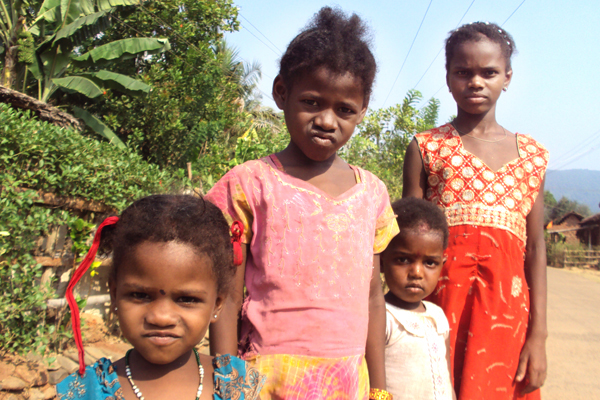
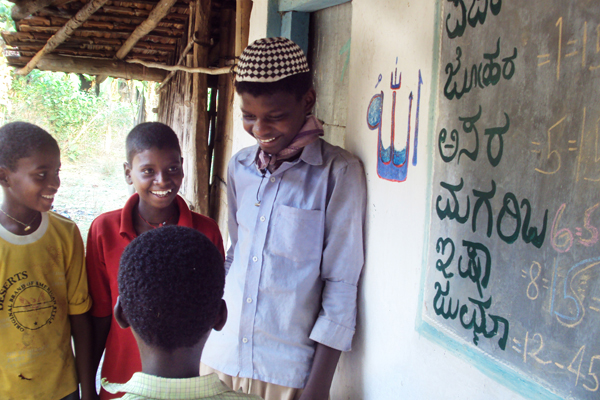
Today, although Siddhis in Karnataka are seen practicing Hindu, Islamic and Christian faiths, one can see glimpses of tribal culture that are still present among them. “We have the unique ‘Sigmo’ and ‘Phugdi’ dances even today. The ‘Dhammaam’ (a percussion instrument made of wood and deer skin) is still used during weddings. The dance that is performed on Dhammaam beats is one where it is mandatory for the dancers to sweat. At times, the Dhammaam is played all through the night” reveals Mr. Saver Santaan Siddhi.
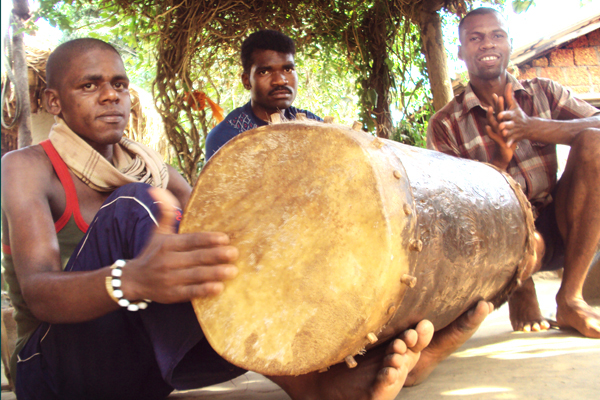
Siddhis of Gullapura village playing the 'Dhammaam'
In spite of having been a part of Karnataka for more than 300 years, the Siddhis continue to remain largely unnoticed. Naina Siddhi of Gullapura village, pursuing her Nursing studies in Bangalore says: “My classmates and friends in Bangalore ask me if my hair is naturally curly or I have done something to it. People don’t have an idea that our tribe actually exists”.
Yes they are proud of their black lineage. They’ll refer to Chris Gayle as “Namm Siddhi” (our man). They believe Barack Obama is a member of their family. No wonder Haliyala’s prominent Siddhi leader Diyog Siddhi had approached the government with a request that his tribe wishes to send a bottle of honey as a gift to the US President. In return, disappointment is all he got, as usual.
That’s right, as usual.
The Siddhis have been an ignored lot for long and feel neglected by the authorities. “It’s been 40 years since I have been fighting for the cause of our tribe. We are a people who have battled poverty and backwardness for decades. For long, our people were threatened by men in power and upper castes and considered backward as people of the jungle. Although today some degree of awareness has come about in our people and they are showing a stomach for fight, the saga of ill-treatment has continued. They falsely arrest our people citing land rule violations. In spite of repeated appeals to the government, not much has happened. There are people who do not want to see us develop. We are looked at as a foreign group. The government officials said that our gift could not be sent to Obama because of some technical and policy issues. But I have this feeling that they dread the fact that our relationship with Obama will strengthen and that we may progress”, Mr. Diyog says.
Honey collection is one of Siddhis’ fortes. “Our people are experts of sorts in collecting honey from the forests. But we are troubled by those in power even there. As per the law, we are supposed to avail the forest produce but we do not get them. Tenders are called for and the produce that we collect from the forest is taken away by others. We have been resisting the move and the process was scrapped for some time. Now they have gone back to their old ways again. We have plans of approaching the court. If we are allowed to avail the forest produce we can utilise them for our economic growth. We have our own societies. Selling of the forest produce will benefit our societies as well as our people”, reveals Shekhar Ganpal Siddhi of Yellapura, Taluk President of Dalita Sangharsha Samithi and a member of Siddhi Janajagrati Mattu Abhivraddhi Sangha, Yellapura.
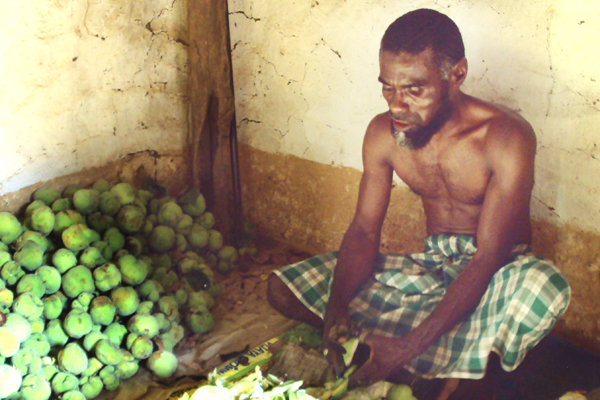
The Siddhis believe that owing to carelessness and insincerity of authorities, they have had to face massive injustices in terms of land possession. “As per the central government rules, officials of the Forest Department and the Tahshildar are supposed to conduct a survey of the forest land that we possess, submit a report and accordingly provide us with title deeds. But they did not come for survey and instead the local committee gave officials of the Panchayat the authority. Our people have filled the forms and provided accurate and honest information of their respective land possessions but Panchayat officials entered land details based on mere assumptions and guess work and not on the basis of the data that they should have collected after conducting a survey. As a result, in the title deeds given to a majority of our people, their exact land possession has not been specified. Some have a mention of mere one acre of land when they actually possess three or four acres and others have been given 10 guntes and 20 guntes when they actually own two or three acres of land. We want to take up the matter legally but there are some hurdles. We are a financially weak community and to add salt to injury some vested interests have pocketed some of our own men”, says John Costa Siddhi, Secretary, Siddhi Janajagrati Mattu Abhivraddhi Sangha, Yellapura.
To make matters worse, Siddhis hardly have any political representation. In all these years, not a single Siddhi has earned an MLA seat in the Karnataka Assembly, while members of most other SC/ST communities and Dalits have managed to do so. Says Lawrence Khaitan Siddhi, the only Siddhi to have scaled the political ladder up to Yellapur Taluk Panchayat Presidency: “Contesting for an MLA seat for us Siddhis is not a piece of cake. Gone are the days when people would field a candidate based on his honesty and work. Nowadays it is money that speaks and we are a financially weak community. We do not have a considerable population in terms of votes either. We number about 25,000 in the entire Uttara Kannada district. Caste politics is widespread and there is the ‘Hindutva’ factor too. We Siddhis had benefited when Margaret Alva was the MP. I knew her and maintained good relations with her and it was during her term as MP that I became Taluk Panchayat President. I had requested her to press for SC/ST status for our community and in 2003, the Siddhi community in Uttara Kannada district was granted that status. This didn’t go down well with certain upper caste people and they indulged in anti-Alva propaganda. It so happened that in the next elections, she lost her MP seat and it was made to appear that because she favoured the Siddhis, she had lost. Even today, parties hesitate in giving an election ticket to Siddhis as they have this feeling that we don’t bring much to the table”, Mr. Lawrence says.
The struggle for grant of SC/ST status for Siddhis living in other districts of the state is on too. “The SC/ST status has been granted to Siddhis of Uttara Kannada district alone. Our brethren living across the boundary in Kalgatti taluk of Dharwad are deprived of the SC/ST status. They are treated as general category. Voices are being raised that the status be granted to Siddhis living in other districts of Karnataka”, says Mr. John Costa Siddhi.
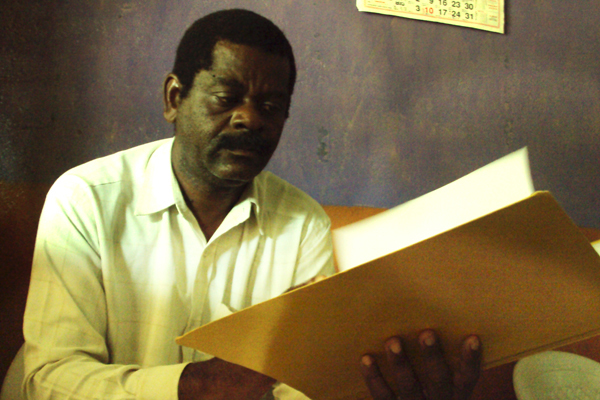
John Costa Siddhi, Secretary, Siddhi Janajagrati Mattu Abhivraddhi Sangha, Yellapura
Siddhis however realize that encouraging schooling and education among the next generation is the way forward. “From the past 6-7 years, awareness about encouraging children to pursue education has gradually been increasing in our community. Today, about 95% of our children go to schools. Although we don’t have many in our community who have pursued higher education, there are a few who have. Our Sangha too puts in efforts to get scholarships for our children. If this generation moves forward, we can be stronger financially and politically too”, opines Mr. John Costa Siddi.
“I want to enter politics and be a leader like Mayavathi” says the talented Mahalaxmi of Kalase village, currently studying in Std IX. She is a sportsperson too and has won second place in a State-level wrestling competition.
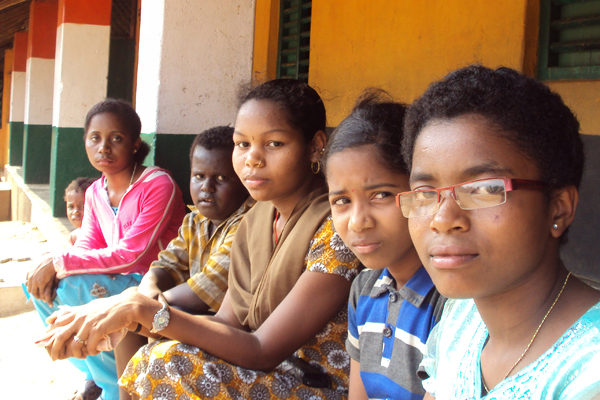
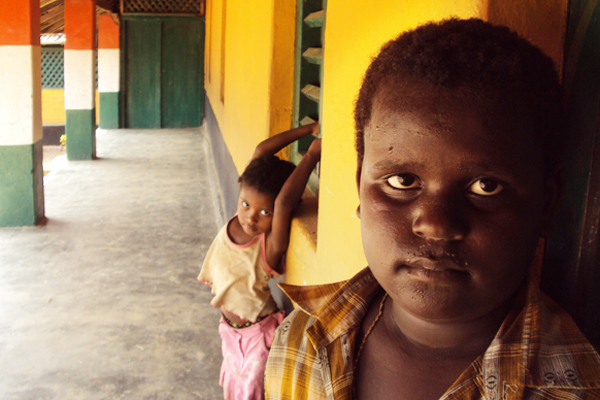
“It feels embarrassing when teachers in the classroom give certain examples taking the Siddhi community. People say things about us and think that we are backward. I want to prove them wrong. We have high aims and with proper guidance, we can certainly come up”, says Sumitra, a II BA student studying in Yellapura.
For Manchikere’s Husain Kalandar Saab, a B.Com student, encouragement given by his family has been the key. “In our circles boys hardly continue their studies. Most of them discontinue schooling and work as labourers in others’ farms or as masons. But my parents encouraged me to learn more and I availed the scholarship facilities as well”, he says.
Children discontinuing studies is one thing that leaders of the Siddhi community do not want to see. “There are schools where teachers themselves tell our Siddhi students that they are dullards and education is not their cup of tea. They send them to others’ homes and make them work stating that at least this way they can earn something. We have been treated as slaves all through and there are people who want us to remain slaves”, laments Diyog Siddhi.
But at the same time, he is hopeful that change will come about in the days to come. He finds inspiration in Barack Obama, the man behind ‘Change We Need’ slogan, anyway.
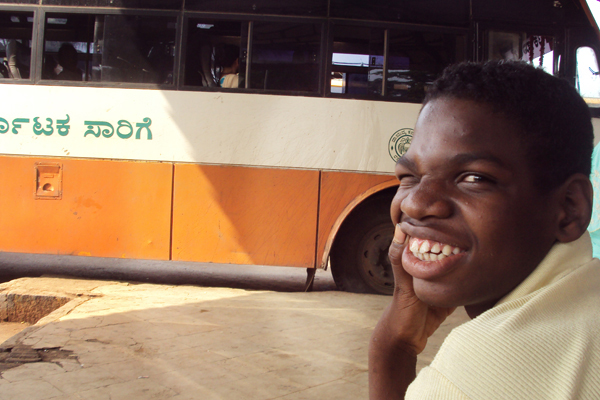
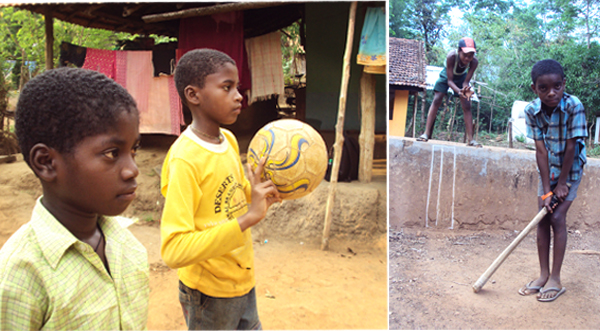
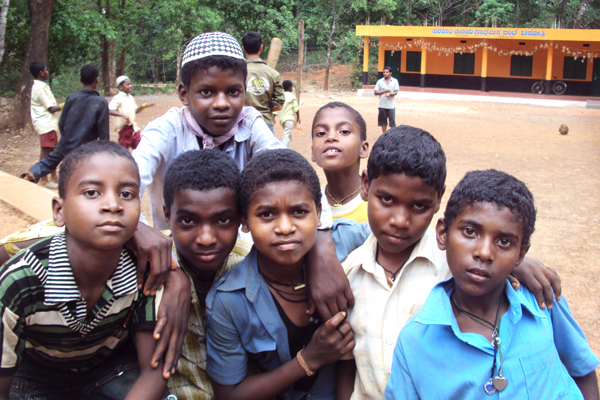






Comments
Add new comment